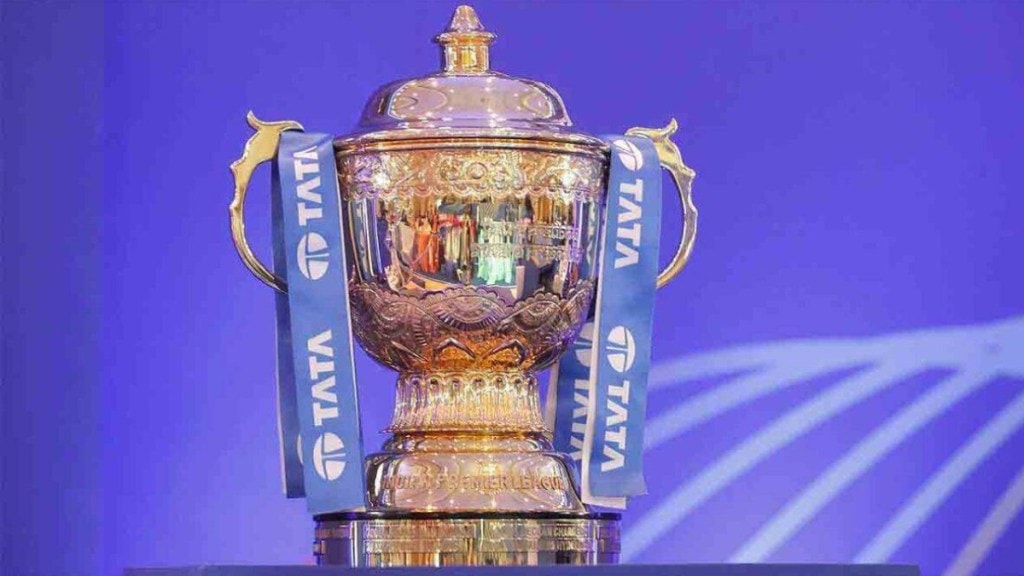Ahead of the auctions for the Indian Premier League’s (IPL) 2023 cycle on December 23, an estimate by D and P Advisory places the ecosystem’s valuation at Rs 87,000 crore, or $10.9 billion. This makes IPL one of the highest valued sports leagues globally. Anvitii Rai looks at how IPL auctions are managed and revenues generated
How are the IPL player auctions structured?
The player auctions are held ahead of the upcoming season, where the franchises bid for their desired set of players. The winning bid amount for each player becomes his salary for the season, with the tax deducted. The player’s contract can be renewed annually over a three-year period.
Also Read: IPL most searched topic this year: Google
Every three years, a mega auction is held, for which the teams can retain only three to five (three allowed in 2018, five in 2014) of their existing members. In the annual mini-auctions, any number of existing members can be retained. The teams must bid from the salary purse — calculated by subtracting the salary of the players retained before the auction from the total purse amount (`95 crore this cycle).
How does the IPL generate revenue?
The IPL generates revenue through a variety of streams. Apart from the obvious avenues like ticket sales and in-stadia earnings, the major chunk of IPL’s revenue comes from the sale of broadcasting rights and sponsorships. Merchandise sales have also been gaining ground.
Also Read: 1st season of Women’s IPL to start early next year; home-and-away format in IPL 2023: BCCI Boss Sourav Ganguly
The Board of Control for Cricket in India (BCCI) auctions off broadcasting rights for the IPL for five-year cycles, of which it retains 50% and distributes the rest among franchises. Of this amount, 45% is distributed among them equally, while the remainder is awarded to the franchises based on their team’s performance. The new cycle is spread over 2023-2027. The total amount from the 2023-2027 auction was Rs 48,390.5 crore, or $6.2 billion, thrice the amount in the last such auction. The auction of digital rights started only in 2015.
Franchises in play
The upcoming auctions will see 10 franchises participating. They will be giving shape to their squads as they had collectively released a lot of players ahead of the upcoming auctions. They will need to fill 87 slots, including 30 overseas players. The remaining salary-purse amounts with the franchises range from just Rs 7.05 crore (Kolkata Knight Riders) to Sunrisers Hyderabad (Rs 42.25 crore).
Prize money
The prize money is based on the teams’ performance. For example, last year the winners, Gujarat Titans, were awarded Rs 20 crore, while the runners-up, Rajasthan Royals, were awarded Rs 13 crore, and so on. Players are also awarded titles and prizes of Orange Cap (highest run-scorer in the tournament) and Purple Cap (highest wicket-taker), as well as the Emerging Player of the Tournament; with the winners of the former two receiving Rs 15 lakh each and the latter Rs 20 lakh in 2022.
What is different about the IPL ecosystem this season?
For the first time, the media rights have been distributed among four broadcasters for this cycle, which, according to the D and P report, ended the monopoly of one media company.
Earlier this year, the BCCI auctioned four packages of broadcasting rights — Package A was for the television rights across the Indian subcontinent and was won by Disney Star for Rs 23,575 crore for 410 matches; package B was for digital rights for the Indian subcontinent (Viacom 18, at Rs 20,500 crore); package C was for non-exclusive digital rights, which include 18 selected games in each season (opening match + four playoff matches + 13 double header games) for the digital space (Viacom 18, at Rs 3,273 crore); and package D was for broadcasting rights for the rest of the world (Rs 1,058 crore).
This was split between Viacom 18 (for Australia, South Africa and the UK) and Times Internet (for West Asia, North Africa, and the US). Apart from this, the number of matches has also been increased from 74 to 94. This has raised concerns regarding viewer saturation among experts. The inaugural women’s IPL has been announced for March 2023 as well.

